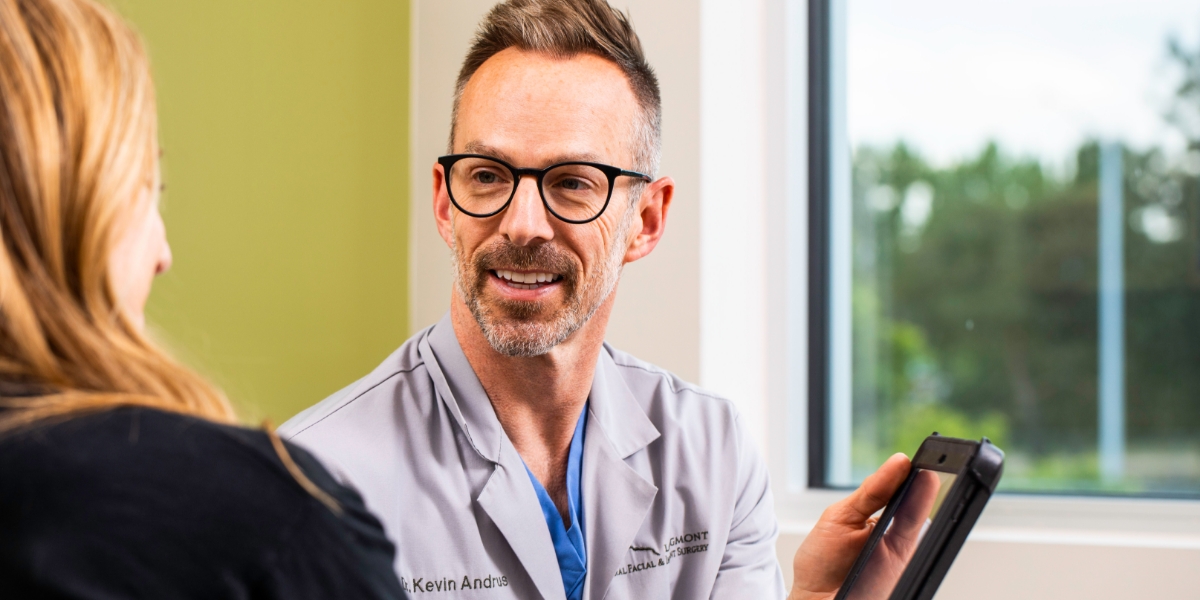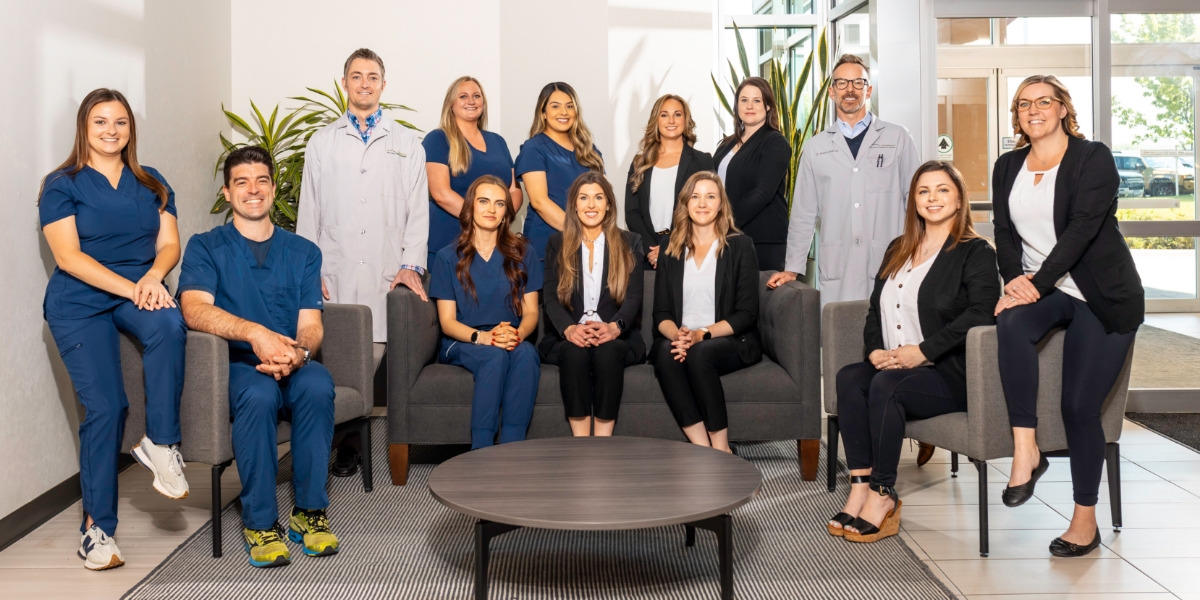
A Foundation for Dental Implant Success
Adequate jawbone volume is essential for stable, long-lasting dental implants. At Longmont Oral, Facial & Implant Surgery we offer systematic protocols and precise bone grafting procedures to rebuild and strengthen your jaw, so implants integrate predictably and comfortably.
Meet Your Oral Surgeons
Our board-certified oral and maxillofacial surgeons, Dr. Andrus and Dr. Howard, use 3D imaging to assess bone quality and plan graft placement. Their gentle surgical techniques and clear communication help you feel confident every step of the way.

What Is Bone Grafting?
Bone grafting adds bone or bone-like material to areas of the jaw that have lost volume. As the graft heals, your body remodels it into a strong, living bone. This new foundation supports implants, offers improved long-term success, and preserves facial structure for natural aesthetics.
When Bone Grafting Is Needed
You may need bone grafting if you have:
- Bone loss from long-term missing teeth
- Periodontal disease that has eroded the jaw
- Tooth extractions with insufficient socket volume
- Trauma or cysts that resulted in bone loss
- Sinus proximity when placing upper back implants
- Anatomic limitations
A cone-beam CT scan helps to accurately understand the deficiency and properly plan treatment.
Our Process for Bone Grafting
| Step | What Happens | Your Experience |
| 1. Consultation | Meet Dr. Andrus or Dr. Howard, review 3D imaging, discuss health history. | Thorough explanation followed by plenty of Q & A time. |
| 2. Personalized Plan | Decide on anesthesia. Moderate or deep IV sedation, general anesthesia, or local anesthesia only. | Clear guidance on what to expect and how to prepare. |
| 3. Day of Surgery | Procedure performed. Typically 30–60 minutes. | Comfortable surroundings and a caring clinical team. |
| 4. Immediate Recovery | Rest in-office until you are awake and stable; detailed take-home instructions. | A responsible adult drives you home and helps to care for you the rest of the day. |
| 5. Follow-Up & Healing | We follow up with patients and generally schedule patients for a follow-up visit in one week. | You will receive a post-op call the night of your surgery to check in. Plan on attending any scheduled post-op visits. In the meantime, call the office with any questions. |
Recovery and Aftercare
- Follow all postoperative instructions for oral hygiene and diet.
- Use prescribed or over-the-counter pain relievers as directed.
- Avoid smoking and vigorous rinsing that could disturb the graft.
- Keep follow-up appointments for gentle debridement and monitoring.
- Alert us if you experience prolonged swelling or unusual discomfort.
Most patients gradually resume normal activities over the course of a few days to a few weeks depending on the procedure.
Investment, Insurance & Flexible Financing
Our team works with your insurance company and strives to provide an accurate summary of benefits and an estimate of any out-of-pocket investment before treatment. Need a payment plan? We partner with trusted third-party financing companies to spread costs into affordable monthly installments.
Why Patients & Dentists Trust Our Team
- Clinical Precision & Compassion: Board-certified surgeons who blend advanced techniques with compassion and a genuine bedside manner.
- Seamless Communication: We strive to keep you, your referring dentist, and your hygienist informed every step of the way.
- Mission-Driven Care: “Through knowledge, kindness, and respect, our team strives to provide the highest level of care for our patients, their families, and our community.”

We’re Here to Answer Your Questions
If your dentist or dental specialist has recommended a bone graft as part of your dental implant treatment, schedule a consultation at Longmont Oral, Facial & Implant Surgery. You’ll meet your surgeon, review your 3D images, and get clear answers to your questions—without pressure or urgency.
Call (303) 772-8870 or request an appointment online. We look forward to supporting your care.
